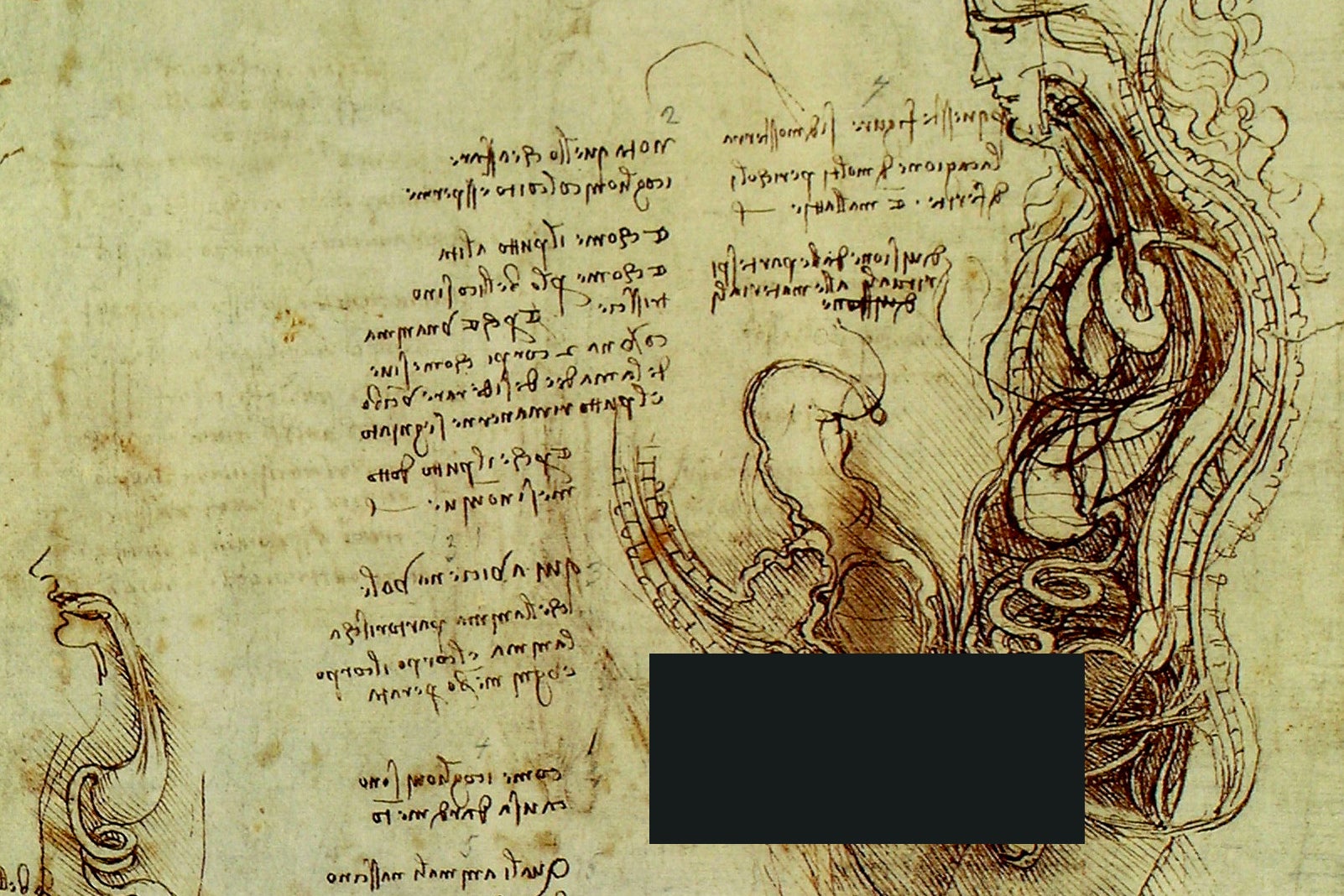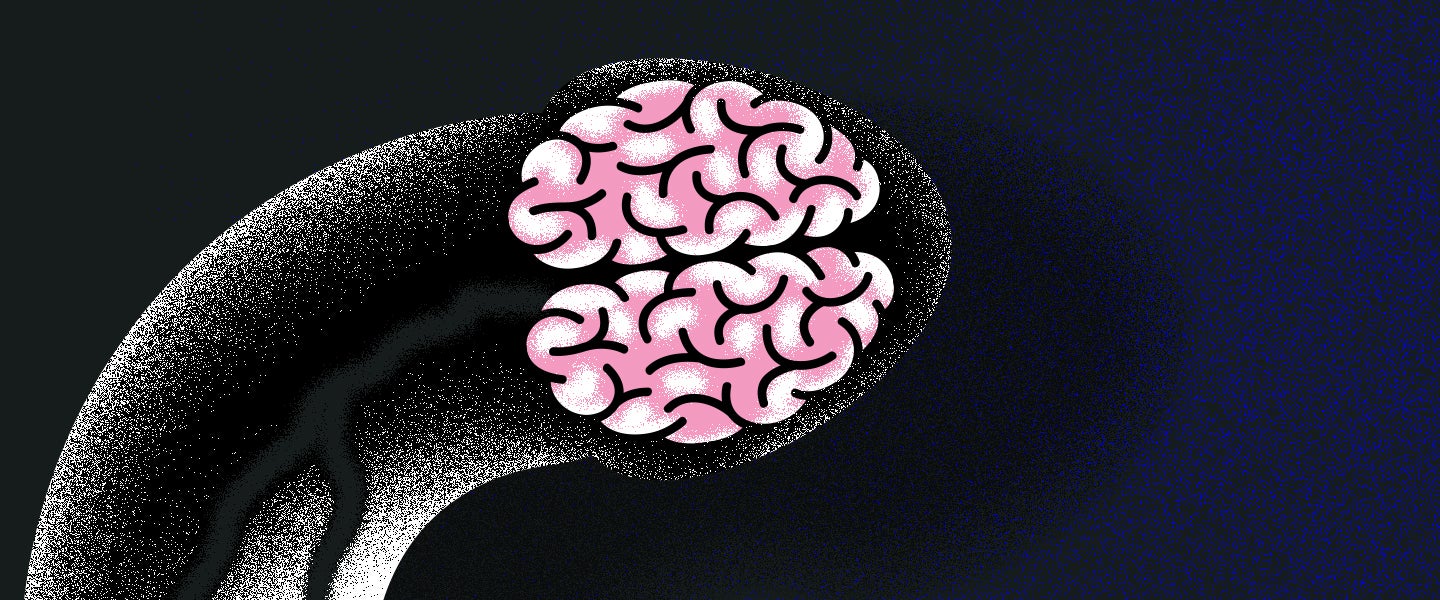Behind a glass storefront, on a quiet residential street away from Reykjavik’s city-center throng, is perhaps the most penis-y place on Earth. The Icelandic Phallological Museum is a shrine to schlong that holds an impressive collection: Whale willies that look like Klan members’ hats; an elephant’s junk you could hit a home run with; a smattering of leathery human genitalia donated by their formerly very proud owners. Some exhibits are free-standing; some are wall-mounted like single-prong antlers; others jostle on the shelves, suspended in gloomy specimen jars. Everywhere you look, you’re glancing at glans, and once you get over the initial shock of being literally surrounded by castration, wandering the room eventually becomes quite a serene, engrossing experience.
Up until, that is, it starts feeling creepy. Not creepy because it’s creepy to look at dicks — if you weren’t used to doing that already, you’ll soon grow fond of them in all their marvelous anatomical variety. But you know how, in horror movies, when someone walks into a room full of old, abandoned dolls and they start to get the eerie sense that the toys are staring at them? When you begin to worry that you’ll look up to see that all 300 phalluses in the room have swung about and are pointing directly at you, accusing you of something terrible that you haven’t done: That’s when it’s time to leave the penis museum.
The idea that the human penis has a will of its own — an often annoying, sometimes sinister bloodhound awareness, tugging at the leash when you least expect it — has been floated for as long as men have been getting erections at inappropriate moments. The current moniker for this phenomenon is a NARB, a No-Apparent-Reason Boner, as colorfully explained by singer Nick Jonas on The Tonight Show in 2016.
That there exists a huge emotional gulf between erections born of horny feelings and these alien boners-from-nowhere is a quirk of the penis most men would recognize, according to Paul Joannides, psychoanalyst and author of The Guide to Getting It On, but it can be a source of confusion among those who have never owned one. “How would women know there are two very different kinds of erections?” he asks. “To them, a tent in the pants or a tent in the sheets is just that. It seems counterintuitive that a man could have an erection that has nothing to do with being sexually aroused.”
But a bulging crotch really can blow either hot or cold. In Joannides’ experience, “non-sexual erections seem to occur more often in the morning to younger males, probably because testosterone levels could be higher in the morning, in males under the ages of 49. It seems that testosterone levels aren’t necessarily higher in the morning in males over the age of 49.” As Jonas’ red-carpet underwear malfunction robustly demonstrated, though, it doesn’t have to be morning wood per se — they can spring at any time.
NARBs have been a bone of contention for a very long time. Some 23 centuries prior to that particular outbreak, no less a pillar of Western thought than Plato also cast the phenomenon in terms of a lack of reason. In his dialogue on nature in the Timaeus, he argues, “In men the nature of the genital organs is disobedient and self-willed, like a creature that is deaf to reason, and it attempts to dominate all because of its frenzied lusts.”
And it’s true, the Ancient imagination does often seem like a world where the dicks are making all the decisions. After all, it was populated by male gods who couldn’t stop impregnating people with them; it was founded on a myth about a war fought because of one (at some level it was Paris’ raging hard-on as much as Helen of Troy’s face that launched those thousand ships); and molded by real-life figures like Julius Caesar and Mark Antony, both of whom met Cleopatra and promptly waged ill-judged campaigns in Egypt as a result of tactical instructions from beneath their tunics.
Popular though the trope of tragic tumescence may have been, in classical cultures, the conflict between men and their manhoods was still largely a metaphorical one. In his book A Mind of Its Own: A Cultural History of the Penis, David M. Friedman argues that it was the subsequent rise of Christianity that fully transformed the phallus into something people actually feared, something approaching a sentient being with its own evil agenda — the devil’s tool, if you like. And it seems this might all be traced back to a single, fateful boner, possibly the most pivotal erection in history.
As a teenager in Romanized North Africa in the late 300s A.D., St. Augustine of Hippo suffered the mortifying formative experience of getting hard involuntarily while attending the public baths with his father. When his dad gleefully recounted this to his pious Christian mother back home, Mrs. of Hippo was horrified; Augustine writes in his autobiographical Confessions that she “endured a violent spasm of reverent, tremulous trepidation.”

Later in life, Augustine would convert to his mother’s religion, rise to prominence as a bishop in the early Church and become the single most influential architect of Catholic doctrine in history. It could well be that shameful memories of that unbidden bathhouse stiffy haunted his most famous-slash-notorious contribution to Christian theology of all, the theory of Original Sin. This is the precept, still very much an article of faith for the Vatican in 2019, that at birth, every human being is already guilty of the sins committed by Adam and Eve when they gave in to temptation in Eden. Down the generations, the vehicle for this preemptive speeding ticket, as Augustine explains in his treatise On Marriage and Concupiscence, is none other than the aroused genitals, “our disobedient members,” which Eve and Adam were shamed into disguising with fig leaves. “That is the plague and mark of sin,” he urges. “That is the temptation and very fuel of sin; that is the law in our members warring against the law of our mind.”
According to Friedman, “With this one stroke, this one man transformed the penis more than any man who had yet lived: The sacred staff became the demon rod.”
Hard Science
These days, of course, we know that the penis cannot really be said to have a mind of its own (unlike its far more cerebral neighbor, the ass). Although it might be fair to say it has its own corner of our mind.
When we get hard, what exactly is going on under the hood? Joannides divides the triggers for male arousal into two separate categories: “There are erections generated in the mind — seeing something you find sexy or due to a fantasy, or anticipation of sex, etc. Those kinds of erections are generated by the brain.” Then, he says, “there are erections caused by touch or physical contact.”
According to David Shusterman, medical director of urology at NY Urology in New York, the reason there can be at least two distinct sources for hard-ons has to do with the part of the brain that’s primarily involved in orchestrating erections. This brain function, he says, is housed in the the medulla oblongata, a bulbous strip in the brainstem home to dense clusters of neurons, and it “evolved from a time where we were very low-leveled creatures that maneuvered or reacted very survivalistically to reproduce. We to this day still see remnants of this evolutionary process especially as it pertains to stimulation.”
Much of the sensory information from the world around us is processed unconsciously in this ancient neural hub, which also “controls the heart rate, breathing, blood pressure, wakefulness, digestion and is involved in arousal, attention, sleep and any other cycle of the body that creates or reacts to external stimuli.”
So while the brainstem’s arousal function might be stimulated by conscious thought — when it’s fed sexy inputs from the visual centers, say, or from a sexual fantasy — it can also take its cues from elsewhere in the nervous system. “Contrary to people’s assumptions or preconceived notions,” says Shusterman, the brainstem “doesn’t control or filter how and what it is you’re thinking. It’s simply reflex.”
This unconscious relay action goes even deeper: Because of the distributed nature of the parasympathetic nervous system (the “feed-and-breed” nerve pathways most closely associated with erectile control), your brain doesn’t even have to get involved. Physical sensation from the penis that reaches circuitry in the spine can result in arousal too, which might account for some of those mystery jump-starts that can be so perplexing. Shusterman illustrates this with an amazing example: “If someone has their spinal cord cut, they can still have erections, but their erections aren’t necessarily tied to thought process or thought patterns. Usually, through physical stimulation, you will see the penis react and respond accordingly — but this reaction is a reflex that’s a response in the spinal cord.”
The notion of conscious control becomes slippier still when you throw hormones into the mix. Testosterone in particular has an influence on erectile function, with higher levels in men associated with erectile eagerness — although low testosterone doesn’t necessarily mean an absence of erections.
The body’s ability to trigger erections completely independently of thought has been recognized and studied by anatomists at least as far back as Leonardo da Vinci. When he wasn’t painting Last Suppers or inventing helicopters, the Renaissance polymath could occasionally be found dissecting dead people and creating the most elegantly detailed, and very often accurate, anatomical drawings. In early research that contributed to his later penis sketches, he attended a public hanging in Florence in 1477, where he witnessed the disconcerting phenomenon of “angel lust,” also known as a “terminal erection,” frequently encountered at the gallows. “I have seen … dead men who have the member erected,” he wrote, “for many die thus, especially those hanged.”

From observing the subsequent autopsy, Leonardo concluded that it was blood, not air — as had been widely supposed since the time of the Ancient Greeks — that caused penises to become engorged. In this, he was one of the first to correctly reverse-engineer erectile function: In physical terms, erections arise through a whole series of bodily processes, but the main stiffening mechanism is indeed an inflow of blood to the penis (the term “boner,” of course, is a huge misnomer), which is sluiced in under the control of the nervous system.
As well as sudden violent death, sleep is another unconscious state in which erections frequently occur at a state of zero horniness. We’ve covered in detail what causes nocturnal tumescence — erections that pop up throughout the night during R.E.M. sleep — and this has been an object of scientific interest going as far back as the 2nd century A.D., when the Roman Emperor Marcus Aurelius’ physician speculated (wrongly) that night-time occurrences of imperial glory were due to a build-up of surplus sperm before bed.
In plumbing the erection’s mysterious depths, over the centuries, scientists have invented nonexistent “erector muscles”; injected fluid into the arteries of cadavers (the Dutch embryologist Regnier de Graaf did this in 1688); and electrically induced hard-ons in dogs (C. Eckhard in 1863). Kind of incredibly, while most of the mechanics involved were well understood by the 20th century, the finer points of exactly how men get stiff were still being hotly contested as late as the early 1980s — in particular, the precise role of the so-called “smooth muscles” that line the spongy tissue inside the penis hadn’t quite been nailed down.
The solution to this last great erectile enigma was revealed, so, so literally, by the British physiologist Giles Brindley in 1983, at the annual meeting of the American Urological Association in Las Vegas. To demonstrate that he could cause a non-sexual erection response chemically, he injected himself with the smooth-muscle relaxant phenoxybenzamine shortly before he was due to take to the floor to address the gathered experts — then, during his presentation, proceeded to illustrate his breakthrough by dropping his joggers and displaying his own member, taut as a tennis racket, before his stunned-into-giggles colleagues. Mistaking their reaction for skepticism, he went out, still pantsless, into the audience and invited some of them to grasp it to verify its firmness, in what must count as the most intimate peer review in medical science history.
Firmly in Control
Brindley’s spectacular show-and-tell represents the polar opposite of the associations most people have with erections and public speaking, where standing in front of an audience, trying to make a serious point, is typically the very last place you’d want to find yourself getting hard. But just why are those sorts of situations so often the ones when men’s unruly undercarriage chooses to rear its head?
“I don’t think that’s the case,” says Joannides, arguing that “it only seems that way because when you do get a non-sexually inspired erection in public it causes logistics issues (Can I untuck my shirt? Do I have a briefcase I can hoist in front of it? Can I do a waistband tuck and will that hide it?). You don’t need to even think much about a non-sexual erection when you’re alone. So I don’t think it’s a matter of frequency, but of mortification that might make it seem to some men like they get them more often in inappropriate circumstances.”
Why it’s so hard to think away an involuntary erection in these conditions is, he points out, “because they aren’t caused by thoughts to begin with.” In fact, attempting to focus your mind on making it shrink away might only end up making it get harder and last longer. In 2009 a study at the University of British Columbia, which measured men’s trouser stirrings while they watched porn, found that guys usually can, in fact, exert some degree of control — when asked to keep things floppy, participants were on average able to impose a 25 percent reduction on their erectile response. But for some, especially those subjects who displayed poor emotional regulation in general, conscious efforts to tame their tool had the opposite effect. According to Jason Winters, who led the study, “Some men became more sexually aroused when they tried to regulate their sexual arousal,” which the researchers put down to anxiety: “It’s sort of like when you tell someone not to think of a white elephant; those [who] are most anxious during the task have the most trouble not thinking about the white elephant.”
Which brings us back to the Icelandic Phallological Museum, where it really is impossible not to think about the elephant, along with that nagging sense that, as men, we’ve all been fitted with a pelvic security camera that swivels on its arc under the control of some remote, not-entirely-benign presence. Might there still be something in the idea that the penis has a mind of its own?
“I think that’s just another way of saying that nature wants men to spread their sperm to help keep the population up,” says Joannides. “That was an important thing until the past 200 years or so, before life expectancy grew so much and infant and child mortality started to greatly decrease. Progress in medicine and sanitation, while being wonderful things, have lead to extreme overpopulation. So what used to be important for the survival of the species now seems to be one of its bigger enemies.”
At least we’re keeping these particular enemies close — and, as the old saying doesn’t go, if we can’t disjoin from them, we may as well beat them.

